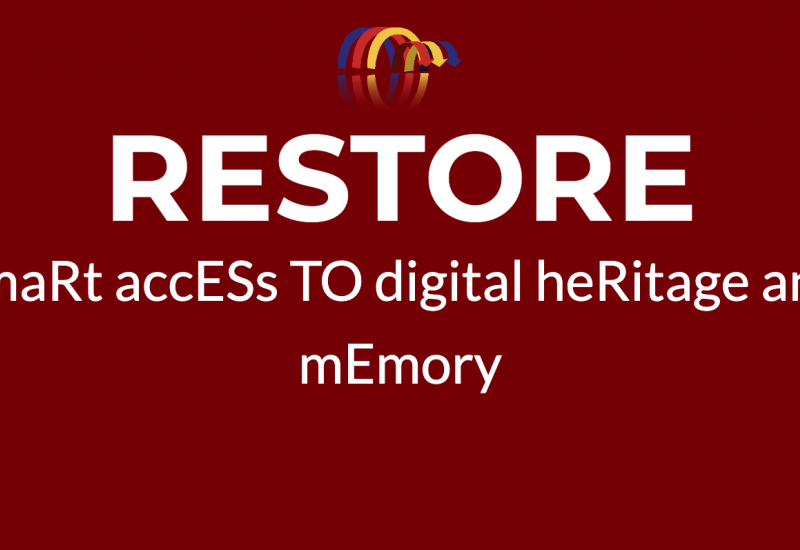
- Social Sciences & Humanities Open Cloud
CIDOC CRM mapping for the integration of RESTORE project resources
Wednesday, 15 June, 2022

https://doi.org/10.6092/issn.2532-8816/13690
The RESTORE project (smaRt accESs TO digital heRitage and mEmory) started in June 2020 with a duration of 2 years. The project consortium, coordinated by the Istituto Opera del Vocabolario Italiano - CNR (National Research Council of Italy), includes the State Archives and the Museum of Palazzo Pretorio in Prato, the Archival and Bibliographic Superintendency of Tuscany as well as the SPACE SpA company. The project - co-financed by the Region of Tuscany - has as its main purpose the recovery, integration and accessibility of data and digital objects produced in the last twenty years by its partners, in order to build a knowledge base with information on the history of the city and of its institutions, on the development of its economic and entrepreneurial system, and on the role of women in the development of a welfare state and network. Starting from the figure of the merchant Francesco di Marco Datini, his family and his entourage, and broadening the focus from the local dimension it will be possible to reconstruct a significant part of the history of European and Mediterranean cities of the 14th century, including commercial and economical aspects. This paper presents a focused overview on the mapping of the archival and museum digital resources provided by the partners (encoded with different standards, such as: EAD, EAC-CPF, TEI, ICCD etc.) to the CIDOC Conceptual Reference Model, the ontology chosen within the RESTORE project as the “common language” for semantic data integration. The landscape for the scientific and infrastructural development of the project’s activities consists in the collaboration (via the CNR- OVI) with some key players in the EU RIs environment, such as DARIAH-ERIC (ESFRI Landmark for the Humanities and Social Sciences) and E-RIHS (ESFRI project for the Heritage Science), as well as other actors within the EOSC Framework.
